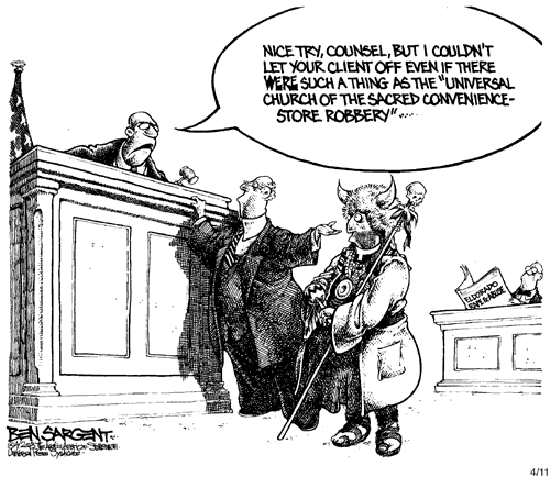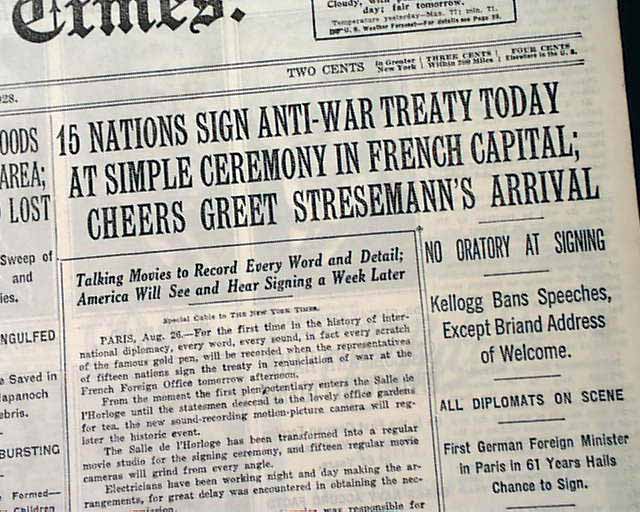
The Pact was invoked with some success in the course of territorial dispute between China and the Soviet Union in 1929. The treaty also established the notion that the territorial acquisition resulting from the use of force are unlawful. was one of its signatories, thus recognizing once more its connection with and responsibility towards Europe.Īlthough the Kellogg‐Briand Pact did not stop warfare, it did establish an internationally accepted doctrine: Self‐defense is the only legal basis for war. Its most notable feature was the fact that the U.S.A. Several signatories, including the United States, had submitted diplomatic notes prior to the treaty’s ratification indicating their understanding that wars entered into in self‐defense would be lawful. (iii) in order to carry out responsibilities under the League of Nations and the Locarno Agreements The parties, however, generally recognized that war would be permissible in the following cases: The treaty therefore outlawed war entirely, providing no exceptions to this general prohibition. (iii) The treaty would remain open for adherence by all the other Powers of the world as long as it may be necessary. (ii) The contracting parties agreed that settlement of all conflicts, no matter of what origin or nature, that might arise among them should be sought only by pacific means. (i) The signatories renounced war as an instrument of national policy in their relations with one another. The treaty contained only three articles. States, including Germany, Italy and Japan. By this date, more than 60 nations had signed the treaty. The treaty set a date of July 24, 1929, to officially go into effect. Fifteen nations signed the Kellogg‐Briand Pact in Paris on August 27, 1928: France, the United States, the United Kingdom, Ireland, Canada, Australia, New Zealand, South Africa, India, Belgium, Poland, Czechoslovakia, Germany, Italy, and Japan. secretary of state Frank Kellogg and French foreign minister Aristide Briand. It was named for the two men who created it, U.S. This treaty was an attempt to outlaw international war. The treaty is also known as ‘World Peace Act’. The Kellogg – Briand Pact is formally known as ‘General Treaty for Renunciation of War as an Instrument of National Policy’, or the ‘Pact of Paris’. Wanted the treaty to specifically ban wars of aggression and not acts of self-defense. secretary of state, Frank Kellogg proposed a multilateral treaty. Hence, instead of a bilateral agreement between the two nations U.S. However, the US did not want to be dragged into a European war on the side of France. The United States still came under pressure from its allies in Europe, and from advocates of the League of Nations, to sign some sort of international peace agreement.


However, the League was not popular in the US because of the economic cost of operation, perceived unfairness of the Treaty of Versailles and unwillingness to get involved in European problems. The Treaty of Versailles also established League of Nations.

Senate had failed to ratify the Treaty of Versailles. The US also had reasons to accept the French proposal. Aristide Briand, the foreign minister of France published an open letter to the US Government in April 1927 proposing a treaty for perpetual peace between France and the United States and also to draw the United States into French defensive system against Germany. They wanted to strengthen their defensive system by involving powers beyond Europe on their side.
#WHAT WAS THE GOAL OF THE KELLOGG BRIAND PACT WINDOWS#
Do not leave gifts visible through windows and doors.You should always lock your doors and windows in your home and car.The list is a long one and most are very sensible, common-sense practices to help prevent being a victim of a selfish and criminal act.

Massachusetts State Police posted on their Facebook page a list of steps you should take this holiday season to protect yourself, your family, and your property from theft and other crimes.


 0 kommentar(er)
0 kommentar(er)
